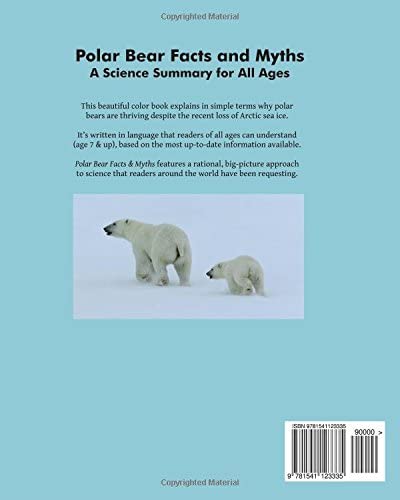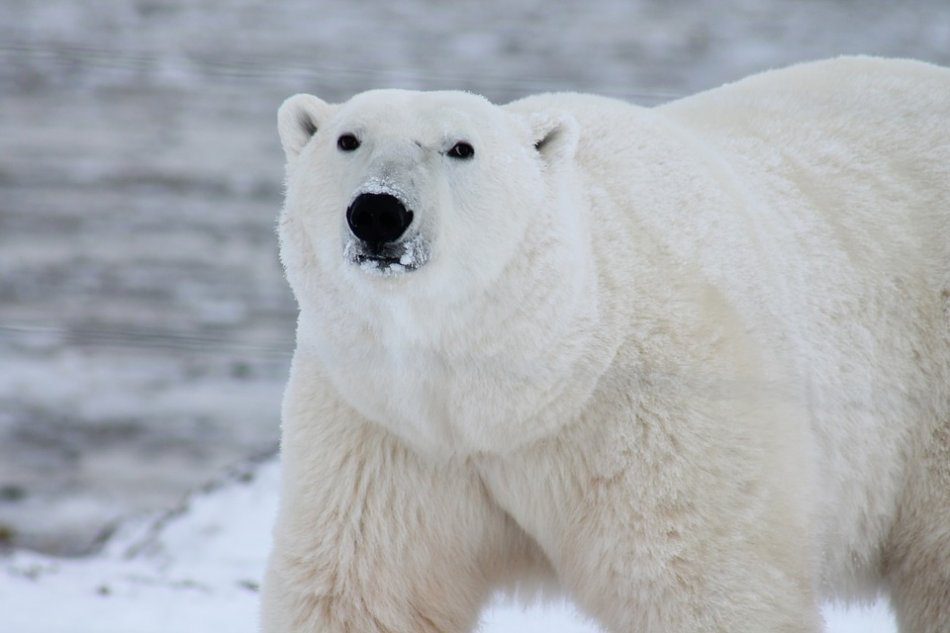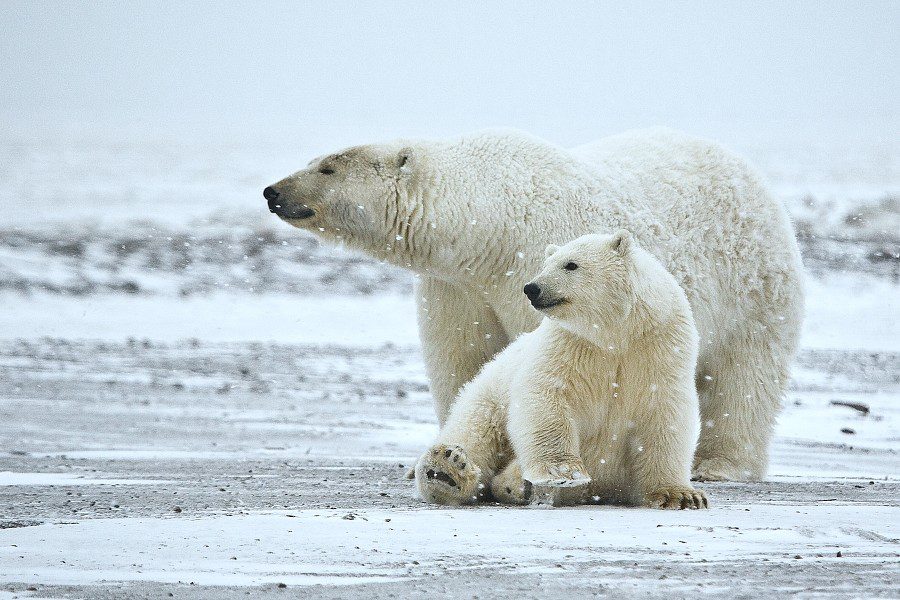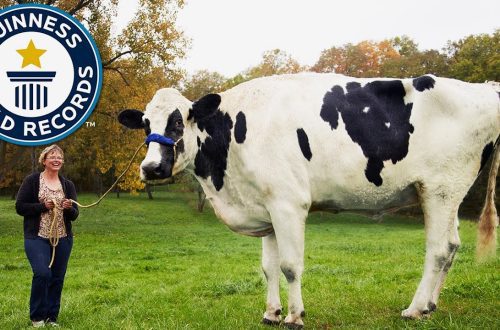
Myths and facts about polar bears
Polar bears are often featured in cartoons or children’s books. And often they are friends with penguins and other animals. What about what we read about polar bears, myths or facts?

In the photo: a polar bear. Photo: pixabay.com
Contents
Myth 1: Polar bears are friends with penguins.
This notion has nothing to do with reality. If only because penguins can’t meet polar bears in nature. After all, they literally live at different poles of the Earth: polar bears inhabit the North Pole (Arctic), and penguins inhabit the South Pole (Antarctic).
Myth 2: Polar bears and brown bears are completely different species that have nothing in common.
Scientists have hypothesized that brown bears are the ancestors of whites, but it is not yet clear how and when their “separation” occurred. The results of one study suggest that this happened about 5 years ago, but according to another source, the species split about 000 years ago.
In any case, brown and polar bears are relatives. And when they are crossed, offspring can appear. So, in one of the zoos, a grolar was born – a hybrid of a grizzly and a polar bear. In addition, over the past decade, several cases of the birth of such hybrids in wild animals have been recorded.

In the photo: a polar bear with a cub. Photo: wikimedia.org
Myth 3: Polar and brown bears differ only in color.
However, it is also wrong to assume that the difference between brown and polar bears is only in color.
Even if we take wool as a basis for comparison, it differs not only in color, but also in structure. The fur of polar bears is hollow inside, while the fur of brown bears has a solid structure.
Elin Lorentzen of the University of California conducted a 2014 study on the genetic differences between polar and brown bears. It turned out that, for example, they have a different metabolism. Obesity for polar bears is the norm.
Myth 4: Polar bears survive in cold climates due to the special structure of their fur.
This myth was debunked in 1998 by physicist Daniel Kuhn. However, if polar bears are not warmed by wool, how do they manage to survive in the harsh conditions of the Arctic? Probably, they are warmed by fat, the reserves of which are sometimes more than half the body weight of the bear itself. And an important part of the diet of these giants is lard. By the way, the level of cholesterol in the blood of polar bears goes off scale, and how they live with it is a mystery.





